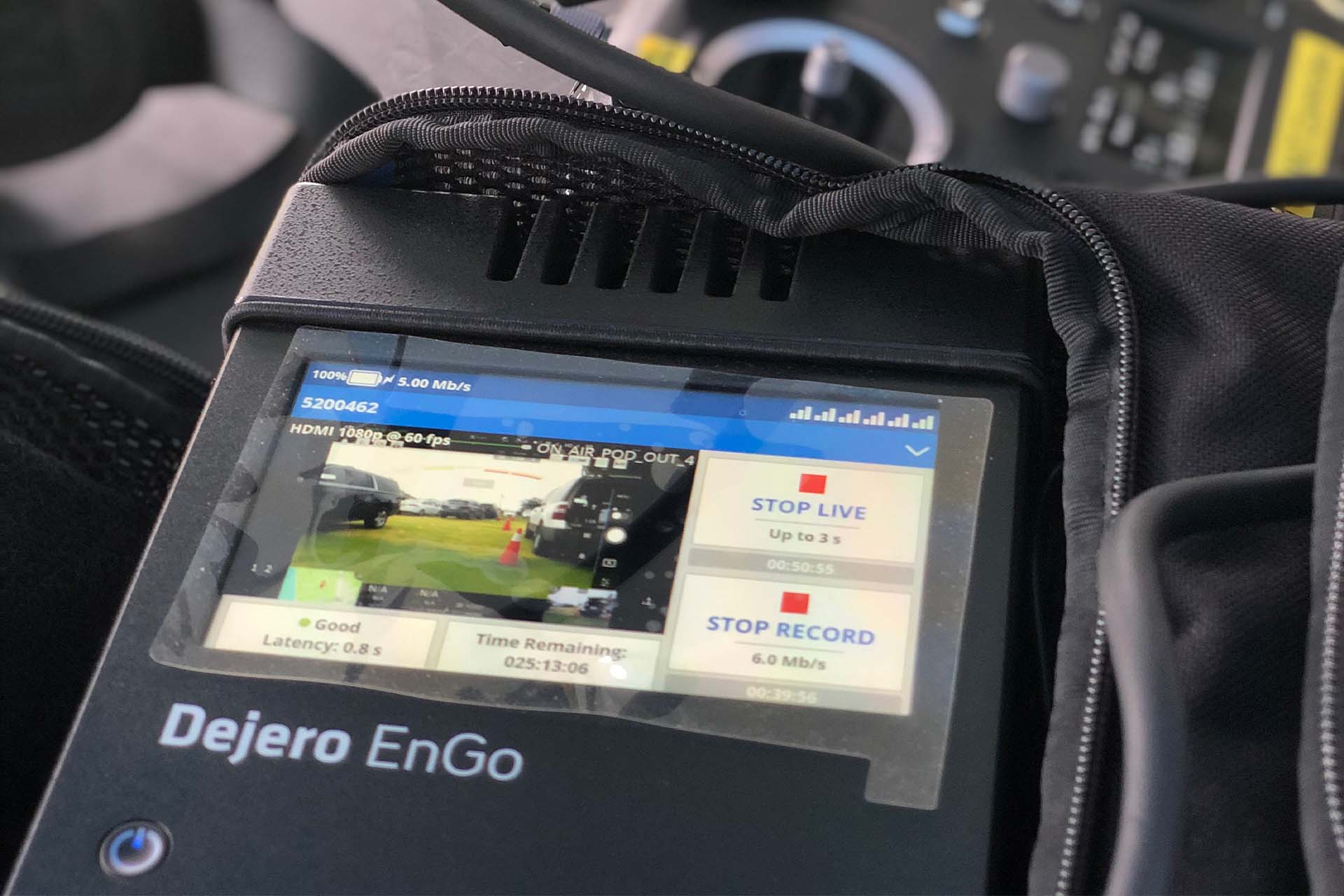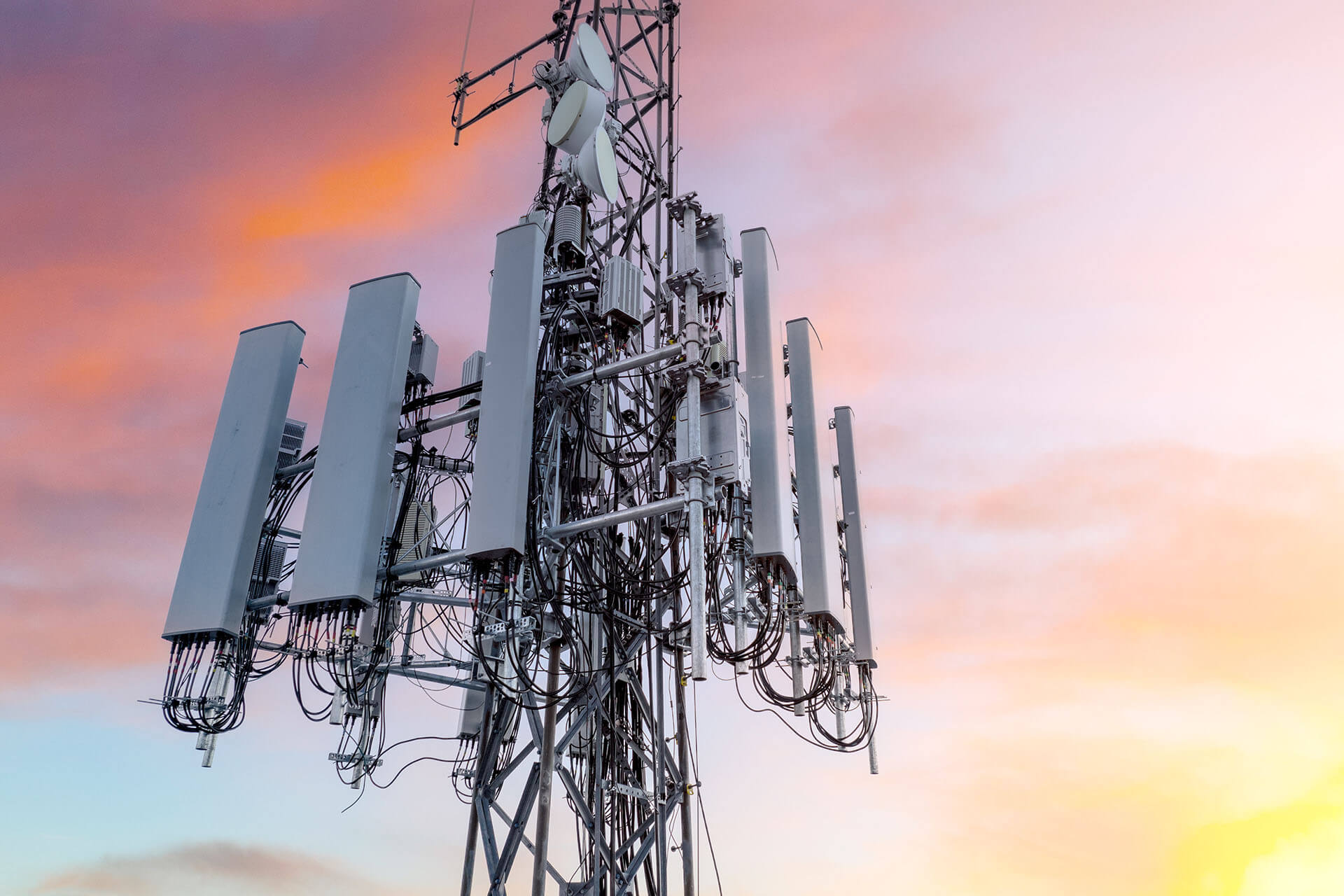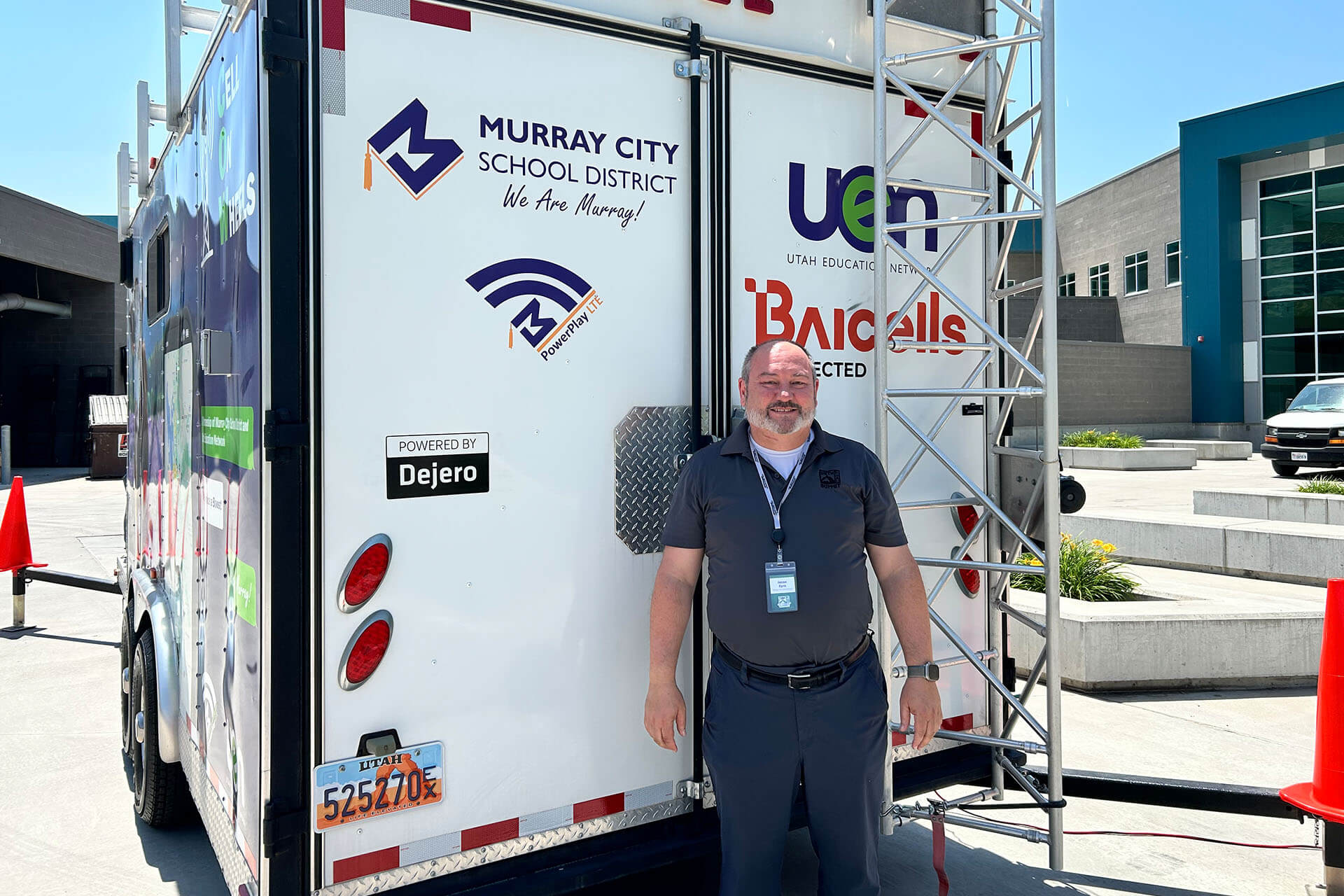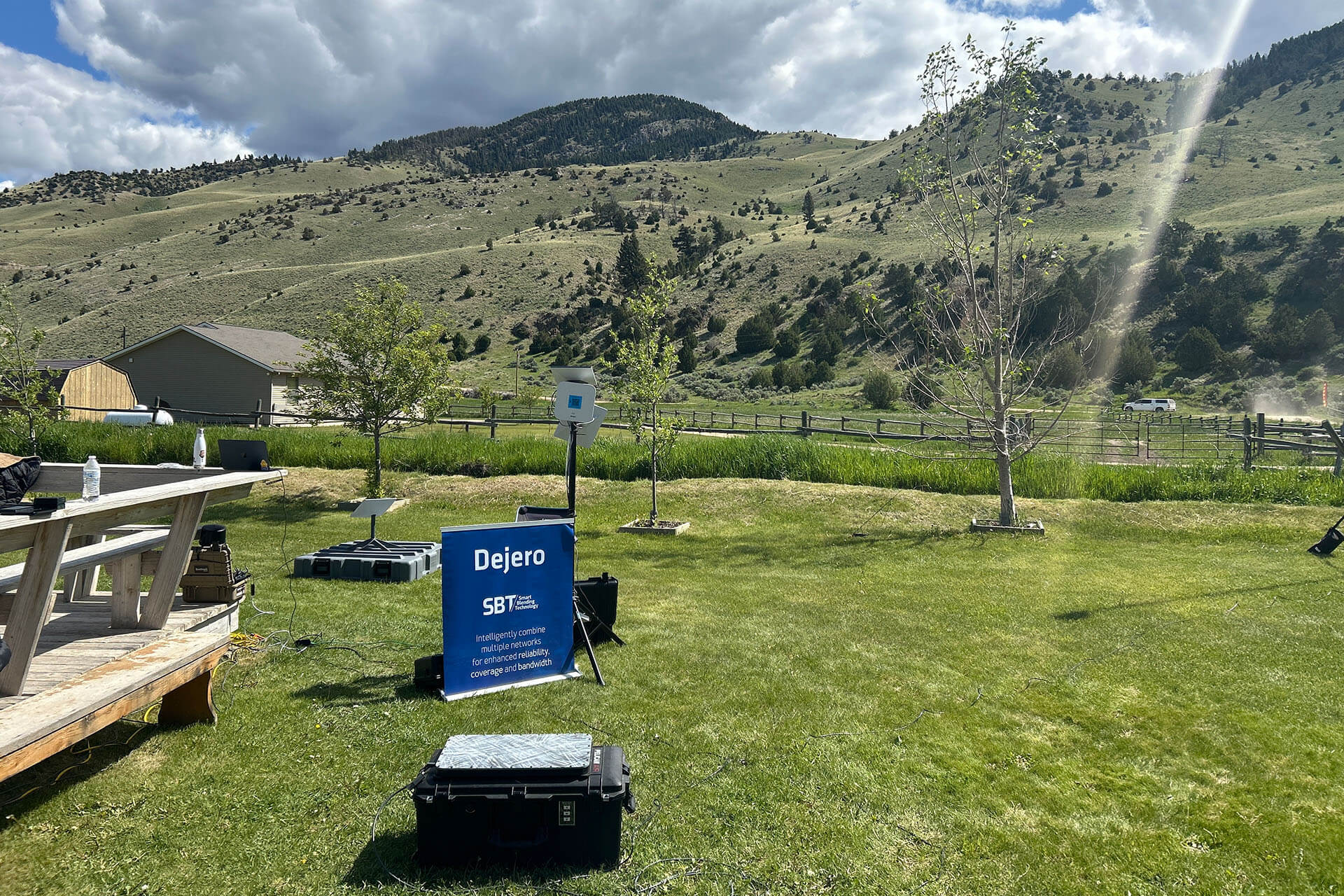5G technology is a huge topic of conversation across many industries today, with new products being released, blazing fast speeds, and overall promises to transform telecommunications technology’s role in society.
But what exactly does it all mean? To understand 5G, it’s important to understand what came before it, what it looks like today, and what it offers for the future.
Mobile networks through the years
The first generation of mobile technology, 1G, was about voice—car phones and generally the ability to use a phone away from home or the office. 2G introduced a short-messaging layer—the early precursor to today’s text messages. Once we hit 3G, smartphones began to take over in our world with the increased network speeds that were available. And then 4G, with its high data-transfer rates, allowed us to access video with minimal buffering and enabled many of the connected devices we use today.

5G is the future of connectivity, bringing a host of new developments and concepts. From enabling the Internet of Things and autonomous vehicles, to supporting smart cities and agriculture, to delivering fiber-over the-air, 5G unlocks a world of new possibilities. At the same time, 5G will preserve the future of today’s most popular mobile applications— like streaming video—by ensuring that providers can sustain that usage growth.
What’s New in 5G?
One of the most significant updates for 5G networks is the speeds it can achieve, with a peak download speed of 20 Gbps and peak upload speed of 10 Gbps. While the average speeds people experience in their day-to-day won’t be quite that, they will still be considerably faster than the 4G speeds we see today.
Reduced latency is another thing to expect, with up to ten times lower rates than over 4G. Since it measures how much time it takes for information to travel from one designated point to another, lower latency means that communication can happen more instantaneously over 5G.
Speed isn’t the only advantage of 5G networks. With significantly wider bandwidth and greater flexibility regarding how bands get used, it can offer stable connectivity for a far greater number of devices in a concentrated area.
Unlike commercial 4G networks, which can only use bands between 600 MHz and 3 GHz, 5G networks can facilitate connectivity on low, mid, and high frequencies.

The high speed, low latency, and massive capacity will be the key to allowing us to be more connected than ever before, enabling Internet of Things devices, and allowing game-changing applications for industries like broadcast and media production.
The role of 5G in Smart Blending Technology
Even when 5G connectivity becomes commonplace, ensuring reliable and high-quality connections requires the ability to blend 5G with 4G LTE and satellite connections without loss of connectivity or IP addressing changes.
For Dejero, 5G is simply a new ingredient in our blending recipe, joining 4G, satellite, Wi-Fi, and broadband connections. Our Smart Blending Technology simultaneously blends IP connections from multiple providers to form a virtual 'network of networks,' intelligently managing individual connections' fluctuations, packet loss, and latency differences in real-time. The result is enhanced network reliability, expanded coverage, and greater bandwidth.
We are embracing the transition as 5G, LTE, GEO satellites, and emerging connectivity options come online, and we’re proud to have played an important role in proof-of-concept projects which illustrate the potential of 5G.
A 5G First: Dejero, Musion 3D, and Vodafone Romania Deliver First Live Rock Concert Using 5G and Holographic Technology
In 2019, as part of Dejero’s preparations for 5G, we helped enable a world first: Dejero transmitters and receivers, Vodafone Romania’s 5G network, and Musion 3D’s holographic technology delivered a live, life-sized, 3D holographic video stream which allowed a remotely located performer to play on stage alongside a rock band. This successful field demonstration would not have been possible without the capacity offered by a 5G wireless network and hinted at the possibilities offered. This world-first achievement was recognized with an IABM BaM award in the project collaboration category.
Looking forward
5G isn't rolled out everywhere yet. And even when it is more widespread, 5G won’t replace 4G (which has replaced 2G and will ultimately replace 3G); instead, 5G and 4G will work in a complementary fashion to handle different types of traffic and to address different use cases.
The speed and bandwidth improvements of 5G is likely to result in demands for more data and more content. We believe that blending multiple connections will offer a compelling advantage—both during the transition and once 5G is firmly established—regarding reliability and throughput, especially in mobile and nomadic applications.
The improved reliability and reduced latency achieved by blending networks with 5G will continue to expedite workflows, simplify operations, and enable new use cases for our customers.
Request Demo
Learn more about Field Connectivity in a 5G World by downloading our whitepaper.











